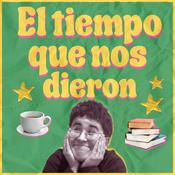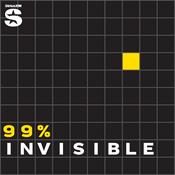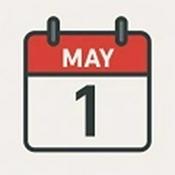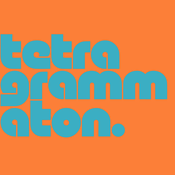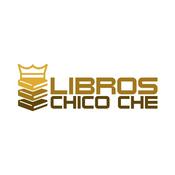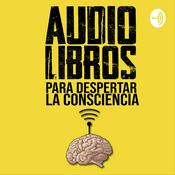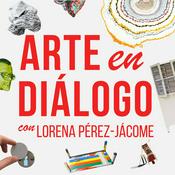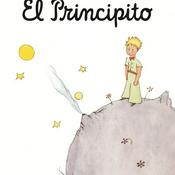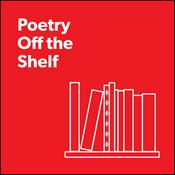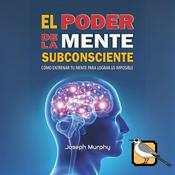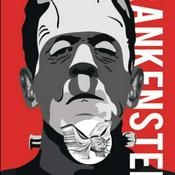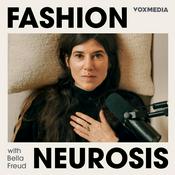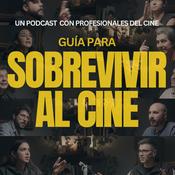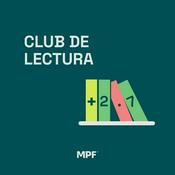75 episodios

UX Problem Statements: Why Starting With Solutions Actually Helps
18/6/2025 | 5 min
As UX designers, it’s natural to jump straight to solutions.You see something that feels off — and your brain immediately starts redesigning.Don’t resist that instinct. It’s human.But here’s the trick: use that solution as a starting point, not the answer.Once the idea comes, pause and ask — what triggered this in the user’s experience?Peel it back. Find the frustration, the friction, the missed expectation underneath.The more you do this, the more your thinking shifts.You’ll start seeing beyond ideas — into the root of the problem.And without even realizing it, you’ll be thinking like a professional.

Is your UX Portfolio designed for both scan and scrutiny?
12/6/2025 | 8 min
Most UX portfolios fail not because they lack good content — but because they’re designed only for the designer, not the recruiter.Think about it. When someone opens your portfolio from your LinkedIn — they don’t have 10 minutes. They have 20 seconds. In that moment, they’re not trying to read every case study. They’re just scanning. They want to know: “Are you worth shortlisting?” And that decision often happens before they read a single paragraph.But that’s only one side of the story.Because once you’re in an interview — visuals and vibes alone won’t help. Now they’ll dig into your thinking. They want the decisions, the trade-offs, the depth. And if your portfolio doesn’t hold up under that kind of scrutiny… it won’t matter how good the first impression was.So don’t design only for the glance. Design for the deep dive too. Your portfolio needs to do both.

Don't dump everything into UX Case study
31/5/2025 | 3 min
Most students try to fit everything into their case study — every research insight, every note, every detail from the journey. But more is not always better. Just like no one explains a car by listing out 200 features, your portfolio doesn’t need to explain every single move you made.People decide based on what they remember. And they remember clarity. If you can explain three to five important decisions clearly, that already tells me how you think. If someone wants to know more, they’ll ask. That’s when you show the rest. Keep the depth ready, but don’t lead with it.The goal is not to impress by showing everything. The goal is to help someone understand how you think. That happens through choices, not checklists.

Should You Apply if You Lack Experience? Yes, Here's Why.
24/5/2025 | 8 min
Here’s what no one tells you about hiring.You’re not hired for your past.You’re hired for your potential.Experience just helps people guess what you might be capable of.But companies will do absolutely nothing with your previous work after you’re hired.What matters is what you can do from now.Even someone with 0 years of experience can get serious interest because they showed how they think, adapt, and respond to problems.And even someone with 5 years of experience can get rejected because the potential didn’t show.This is why your portfolio is not just a set of screens.It’s a mirror of your mindset.How you approached a problem.What you prioritised.How you responded to feedback.What trade-offs you chose to make.That’s what tells someone, “This person gets it.”So don’t waste time seeing if you tick all the checkboxes.Focus on showing that you’re ready to contribute, starting today.

You Thought Patterns Kill Creativity? Wrong
10/5/2025 | 5 min
“Using patterns doesn’t make you less creative.”If anything, it shows maturity. Many beginners think creativity means breaking the rules — changing a checkbox into a switch, or turning a single-select into a swipe. But creativity isn’t about tweaking what already works. It’s about knowing where to push boundaries, and where to stay consistent.The real space for creativity lies in the macro.You can reinvent the flow, the emotion, the use case, even the entire experience. But at the micro level — the way users select, scroll, or tap — don’t confuse disruption with innovation. These behaviors are deeply learned. When you change them casually, users get lost… and you lose trust.Want to be creative? Master the boring stuff first.Respect the patterns. Understand what they solve. Then use your energy to design bold features, unique narratives, or delightful systems — while keeping interactions intuitive. That’s how experienced designers innovate: not by rejecting patterns, but by building something new on top of them.
Más podcasts de Arte
Podcasts a la moda de Arte
Acerca de UX Coffee break with UX Anudeep
Escucha UX Coffee break with UX Anudeep, Un Libro Una Hora y muchos más podcasts de todo el mundo con la aplicación de radio.net

Descarga la app gratuita: radio.net
- Añadir radios y podcasts a favoritos
- Transmisión por Wi-Fi y Bluetooth
- Carplay & Android Auto compatible
- Muchas otras funciones de la app
Descarga la app gratuita: radio.net
- Añadir radios y podcasts a favoritos
- Transmisión por Wi-Fi y Bluetooth
- Carplay & Android Auto compatible
- Muchas otras funciones de la app


UX Coffee break with UX Anudeep
Descarga la app,
Escucha.




